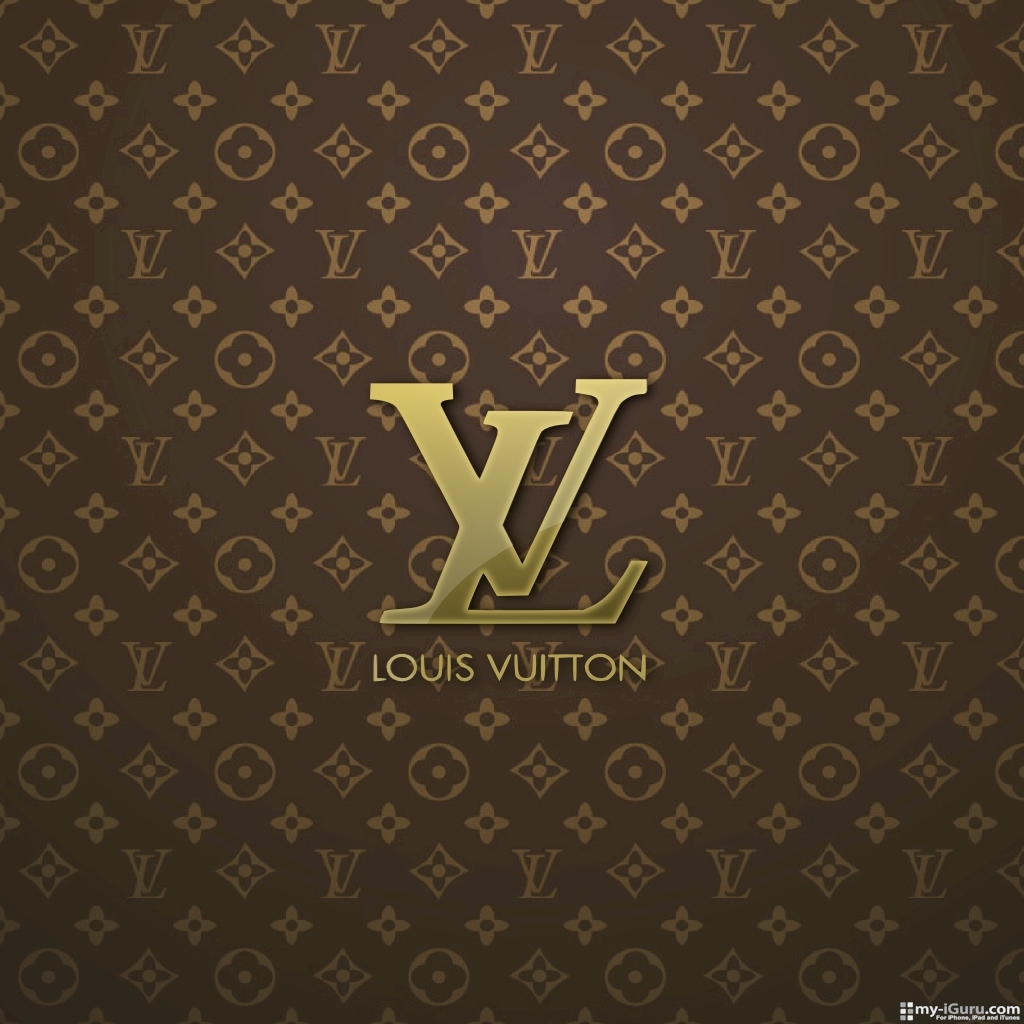If you ask somebody in emerging luxury market the following questions.:
- What is Rolex?
- What is Louis Vuitton?
- What is Chanel?
- What is Hermes?
- What is Goyard?
The answers fetched are likely to be different but many would be able to connect these with the brand’s most prototypical product category. One common running theme is likely to center around price or expensiveness. High price and luxury have gone together forever and it is what sits at the core idea of luxury. Semantically, it is opposite to ‘necessary’. Necessaries are indispensable as these are essential for survival. Luxury has been associated with excess, abundance and opulence. One of the examples of ‘excess’ as the defining aspect of luxury is a watch. Brands like Breguet make ultra-complicated watches by adding features which push designing and manufacturing to breach the limits of possibility and confer the status of luxury on the product. Luxury can be viewed from several angles:

Price: Most probably it is going to be high price, very expensive, exorbitant, beyond reach. High price is the most overt sign of luxury brands. The price is a relative indicator and it positions the product towards the top end of the spectrum. Consequent upon the high price two things happen. This superior position links them to high perceived quality. Quality is often difficult to decipher especially by non-experts. So, price becomes a powerful surrogate for quality. Often, price itself serves as a signifier of a nebulous amalgam of physical reality and invisible undefinable. For instance, Patek Philippe Nautilus costs about 150000 dollars.
Aspiration and expression: The people on top of the social hierarchy become aspirational because of emulation in consumption practices. Luxury in this realm operates as visible markers for emulators who seek connections through consumption parity with people on higher pecking order. The essence of this aspect of luxury was articulated by Veblen as conspicuous consumption where brands are used as status markers. Luxury is evocative of a lifestyle, typically associated with the elite. Luxury brands enable the aspirants to achieve parity with higher classes through commonality of consumption. Through this practice the customers gain a feeling of elevation by being able to buy products related with higher classes. Mercedes cars sport bigger and bolder three-pointed star on their hood to cater to this market. A bag with big ‘LV’ sign is commissioned by the owner to shout out loud. This ,however, is not done by Birkin which does the same but silently.
Uniqueness: The high price of luxury may stem from objective reasons traceable to unique ingredients or processes (rare fur or skin or metal or intricate craft). Louis Vuitton uses Vachetta leather known for
high quality or Rolls Royce is hand crafted machine or intricate Argyle pattern introduced by Pringle. The high price that draws from objective considerations adds differentiating dimension or uncommonness pushing the product into the realm of uniqueness. Every Hermes bag is the outcome of ‘painstaking work of the craftsman’ where leather is still pieced together by saddle stitch.

Self-esteem: This uniqueness operates to serve luxury buyer in two ways: first as a device of signaling system of differentiation to the external world and second, as something of self reward or adding sheen to self-concept. A Rolex is not just a time keeping device or ‘certified chronometer’ but a symbol of achievement. The brand is credited for remarkable achievements in the domain of horology including waterproof and dust proof watch (Oyster), date display (Datejust) and Helium escape valve (Sea- Dweller). Mercedes is credited with innovation including multi-valve engine, four- wheel suspension and ABS and many more.
Spirit: A painstakingly crafted porcelain or intricately woven fabric or fine piece of jewel carries an invisible but perceptible aura of the maker. The intimate bond between the creator and created embeds the soul of craftsperson. Therefore, many luxury pieces are called ‘one of its kind’. The creation liberates itself from the narrow confines of utility into the realm of art. It is artistic authentic expression of the spirit into physical form. Many luxury brands imprint their unique spirit or soul on to whatever products they carry.
In a world of mass production and spread of prosperity, markets have been democratizing consumption. The descending economic entitlement is both boon and bane for the luxury marketers. The pursuit of ‘more’ is likely to negate the very essence of luxury. And luxury bought simply because of high price is unlikely to touch customer at deeper level without which it may tantamount to shallow or superficial consumption. Luxury without an appropriate brand narrative (its myth and mystique) is devoid of psycho-socio-cultural meaning rendering luxury consumption hollow. Suppose you can afford an expensive watch (not too expensive) which one would you buy?
Would it be a Rolex, Omega or Tag Heuer?
Depends upon whether you choose to buy a time keeping instrument or a narrative that runs below visibility of assembled components.



